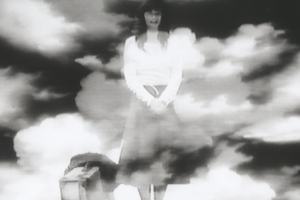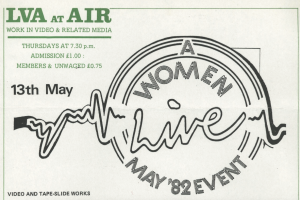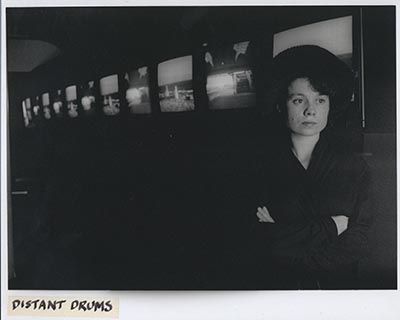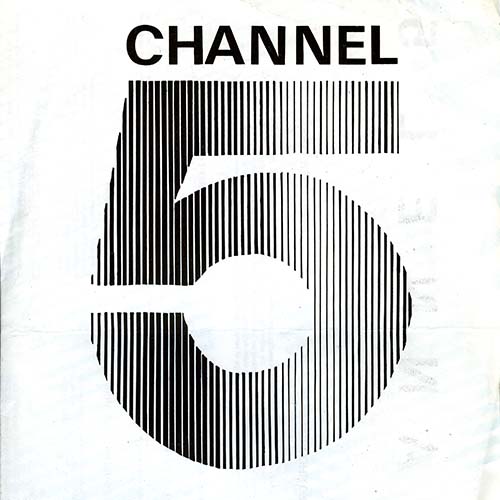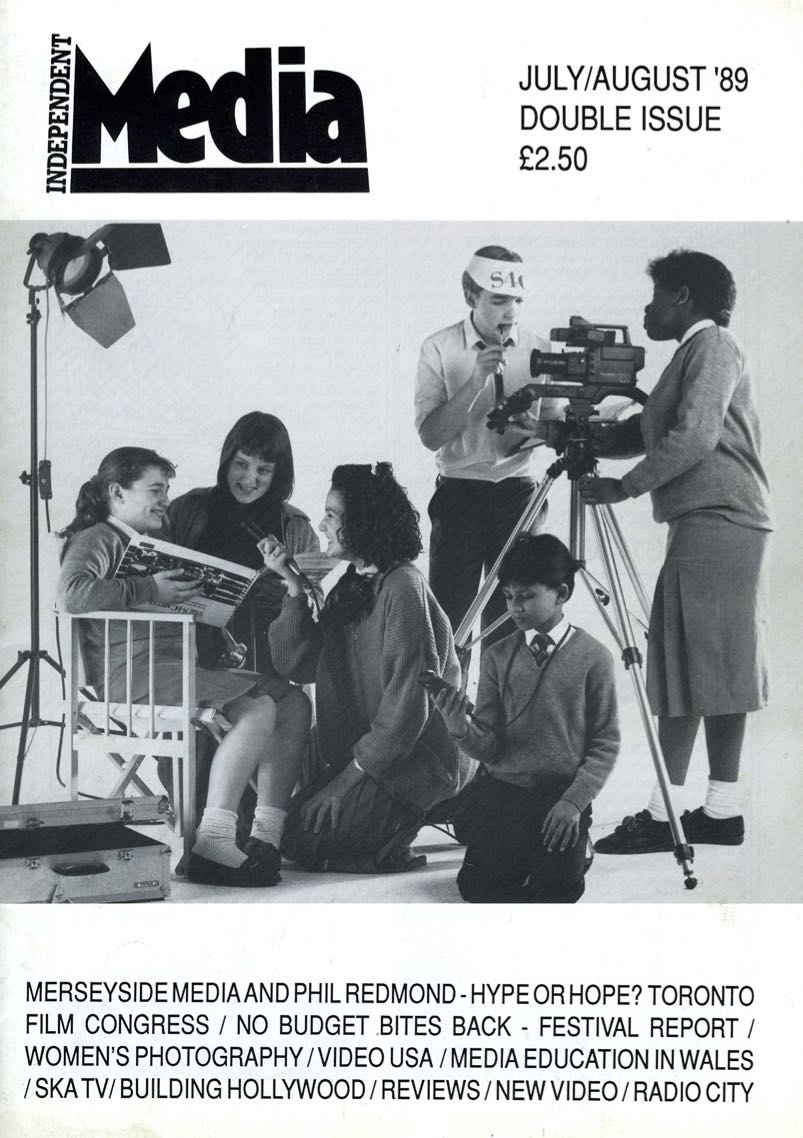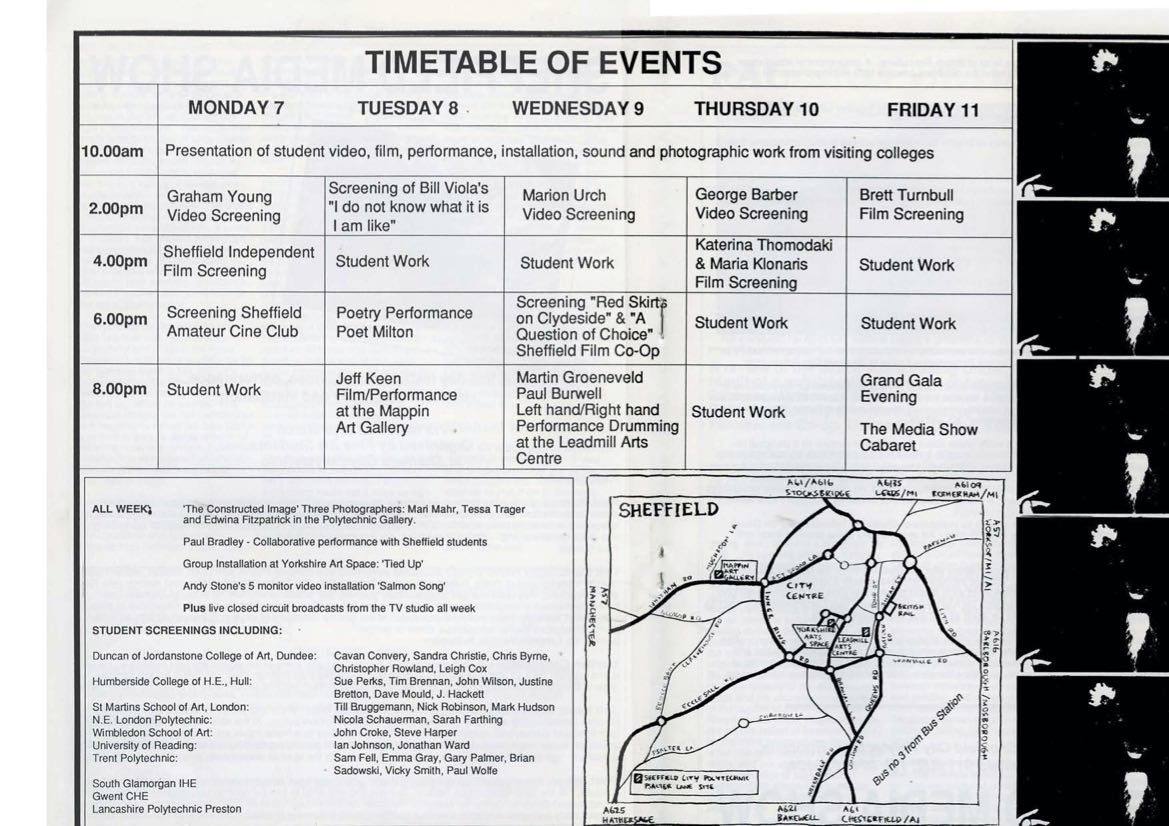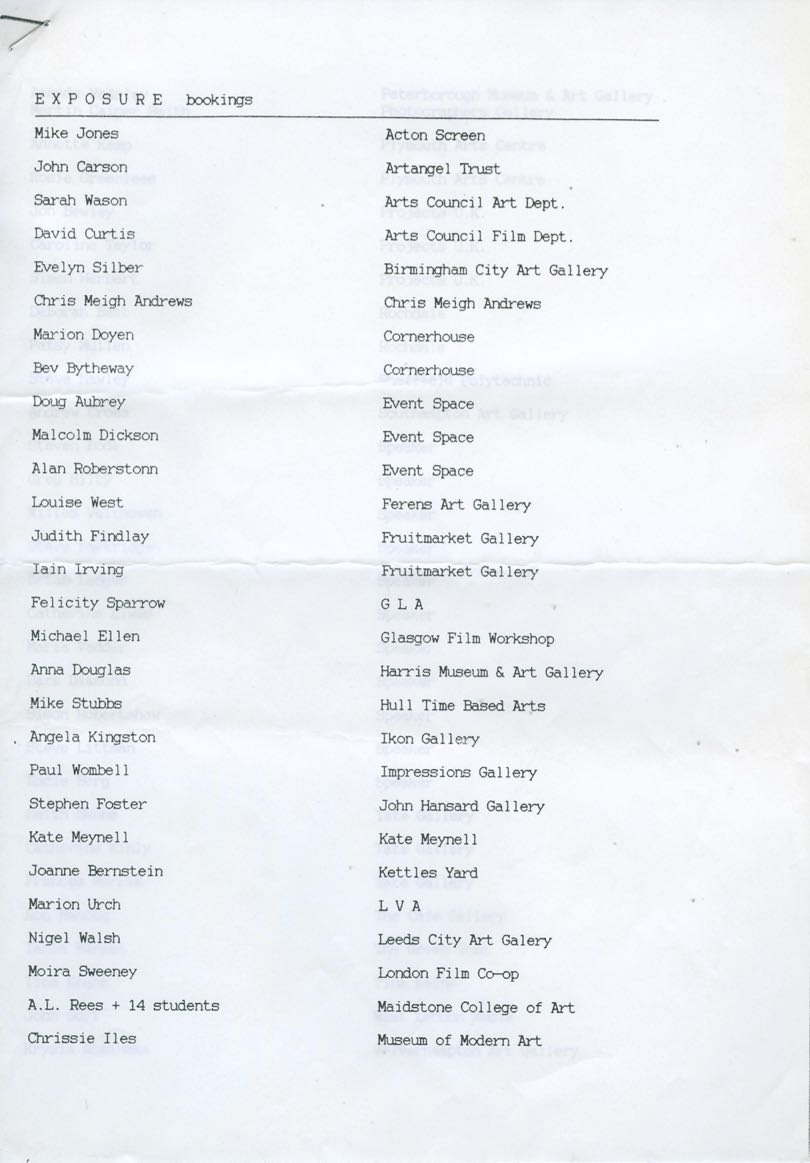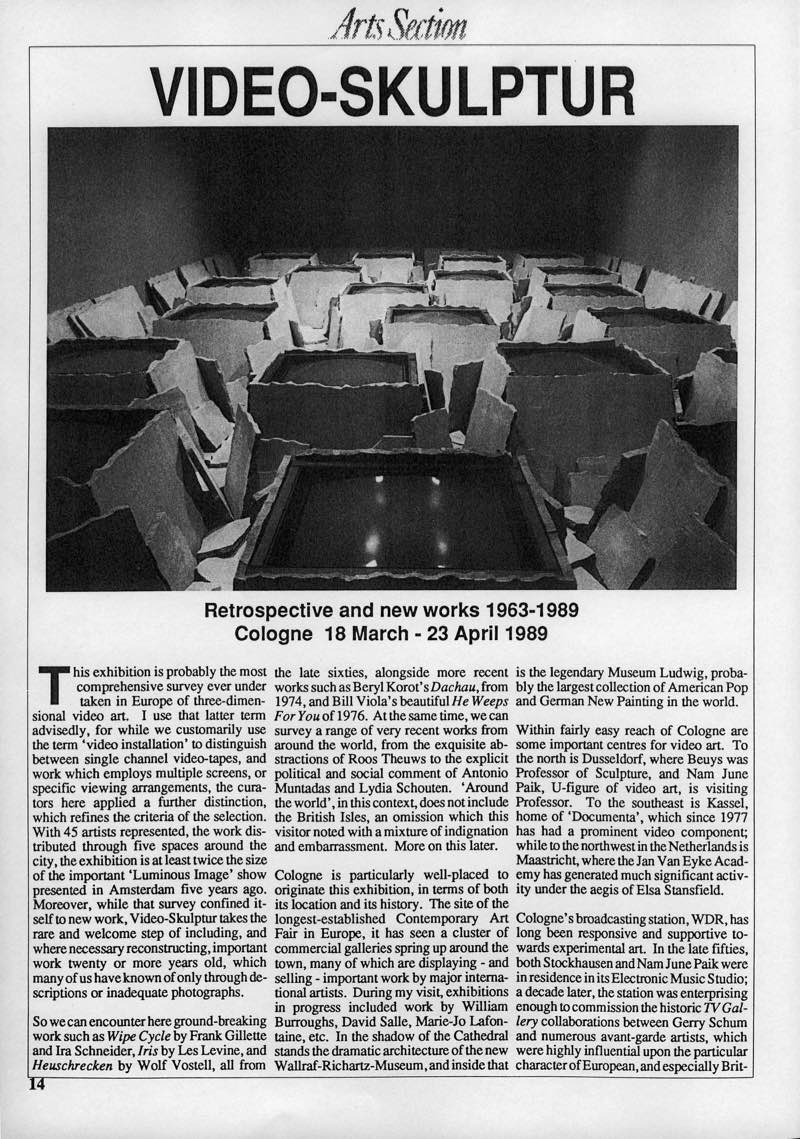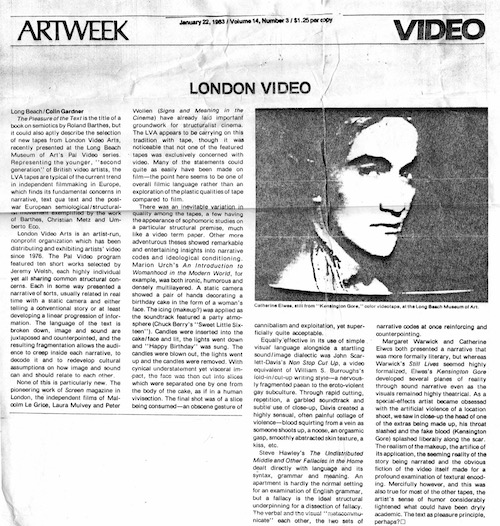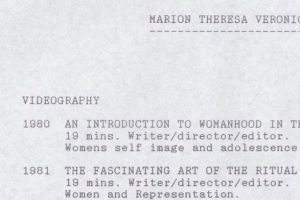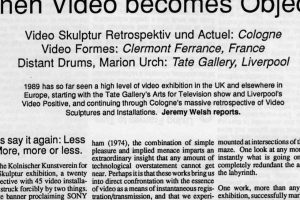Urch, Marion
Marion Urch is an award-winning artist and writer. She studied at Brighton Polytechnic and at the Royal College of Art in London. She was part of the second wave of British video art, gaining a significant international reputation for her work in single screen video, video installation and tape/slide. In 1987 she won first prize at Il Bienal de Video Mamm, Columbia for Out of the Ashes, which was also broadcast on TV Finland: in 1989 her installation Distant Drums was showcased at Tate Liverpool. Individual works are held in collections around the world including Tate Britain, Tate Liverpool, Illeanna Toynta Centre, Athens and Netherlands Media Art Institute, Amsterdam.
‘The stress on poetry and evocation rather than on deconstruction gives the viewer imaginative possibilities from which to accumulate energy which can be used to make new constructions of femininity.’
Caryn Faure Walker. Gimpels Fils Gallery (1987)
Within the field of video art, her work spans the transition from the postmodernism of the 1970’s to the identity politics of the 1980’s and 1990’s. Explorations of power and powerlessness have been a consistent theme. Both in video and tape-slide, and later in fiction, she was drawn to psychic states, to identifying the personal and subjective within a broader political framework. She often worked with actors, composers and musicians, commissioning original music and performances and showed in a range of settings both inside and outside the gallery, including nightclubs, cabaret and multimedia events.
‘Her work is rooted in a strong visual tradition and enriched with moments of poetry and ambiguity… Accessibility, lyricism and the evocative use of symbols have been a feature, most notably in tapes exploring her Irish heritage.’
Catherine Elwes. Directory of British Film & Video Artists (Arts Council Arts + Media. 1996)
Throughout the 1980’s, she was actively involved in the development of London Video Arts/London Video Access, with a particular focus on exhibiting women’s work and opening up new audiences. In 1986-89 she became distribution manager and oversaw the shift towards a more active distribution policy. In 1988, she devised and compiled History of British Video Art. Part One – the first attempt to contextualise, market and promote the early work.
More recently, she has moved into fiction and has published two novels Violent Shadows (Headline Review 1996) and An Invitation to Dance (Brandon 2009), which has also been published in the US, Russia and Germany.
-
-
Videography:
SINGLE SCREEN
1991
The Long Road
24 mins.1987
Out of the Ashes
10 mins. Colour.1986
From Russia with Love
4 mins.1985
To the Dancer Belongs the Universe
9 mins.1984
The Venus Tape
36 mins.1980
The Mother’s Room
8 mins.1979
The Fascinating Art of the Ritual Feast
19 mins.An Introduction to Womanhood in the Modern World
8 mins.VIDEO INSTALLATION
1988
Distant Drums
13 mins. (2 tapes: 10 monitors)1986
Out of the Ashes
16 mins. (5 tapes: 5 monitors) -
Artist works:
-
Artist assets:




